Growth in Consumer Electronics
The consumer electronics sector is experiencing a notable transformation, with a marked shift towards devices featuring flexible displays. The Glass Flexible Display Market is poised to benefit from this trend, as manufacturers increasingly incorporate flexible glass displays into smartphones, tablets, and televisions. The Glass Flexible Display Market alone is expected to surpass 1.5 billion units by 2025, with a significant portion of these devices utilizing flexible display technology. This growth indicates a robust demand for innovative display solutions, positioning the Glass Flexible Display Market favorably for expansion. As consumer preferences evolve towards sleek, modern designs, the integration of flexible displays is likely to become a standard feature in new electronic devices.
Advancements in Display Technology
Technological innovations in display technology are propelling the Glass Flexible Display Market forward. Recent advancements in materials science and manufacturing processes have enabled the production of high-quality flexible glass displays that offer superior performance and durability. These innovations include improvements in OLED technology, which enhances color accuracy and energy efficiency. As a result, the market for flexible displays is projected to grow at a compound annual growth rate (CAGR) of approximately 15% over the next five years. This growth trajectory suggests that as technology continues to evolve, the Glass Flexible Display Market will likely see increased adoption across various sectors, including automotive and healthcare.
Rising Demand for Wearable Devices
The increasing consumer interest in wearable technology is driving the Glass Flexible Display Market. As fitness trackers, smartwatches, and augmented reality glasses gain popularity, manufacturers are seeking innovative display solutions that are lightweight and adaptable. The flexible nature of glass displays allows for seamless integration into various wearable devices, enhancing user experience. According to recent estimates, the wearable technology market is projected to reach USD 100 billion by 2025, indicating a substantial opportunity for the Glass Flexible Display Market. This trend suggests that as more consumers adopt wearable devices, the demand for flexible displays will likely surge, prompting manufacturers to invest in advanced technologies.
Increased Focus on Aesthetic Design
The aesthetic appeal of consumer products is becoming increasingly important, influencing the design choices of manufacturers. The Glass Flexible Display Market is benefiting from this trend, as flexible displays allow for more creative and visually appealing product designs. Manufacturers are leveraging the unique properties of flexible glass to create devices that are not only functional but also stylish. This focus on aesthetics is particularly evident in the smartphone and tablet markets, where sleek designs are highly sought after. As consumer preferences shift towards products that combine functionality with visual appeal, the demand for flexible displays is expected to rise, further driving growth in the Glass Flexible Display Market.
Sustainability and Eco-Friendly Solutions
The growing emphasis on sustainability is shaping the Glass Flexible Display Market. Consumers and manufacturers alike are increasingly prioritizing eco-friendly materials and production processes. Flexible glass displays are often seen as a more sustainable alternative to traditional display technologies, as they can be produced with less energy and fewer harmful materials. This shift towards sustainability is reflected in the rising demand for products that minimize environmental impact. As companies strive to meet consumer expectations for greener products, the Glass Flexible Display Market is likely to experience growth driven by the adoption of sustainable practices and materials in display technology.

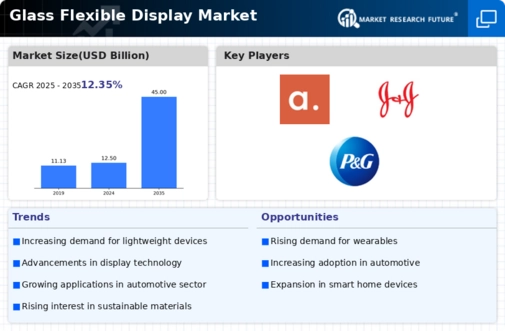
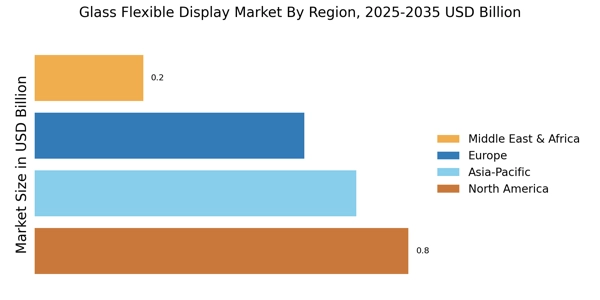
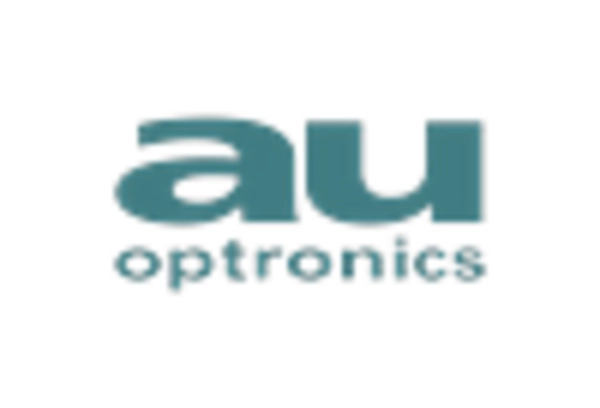
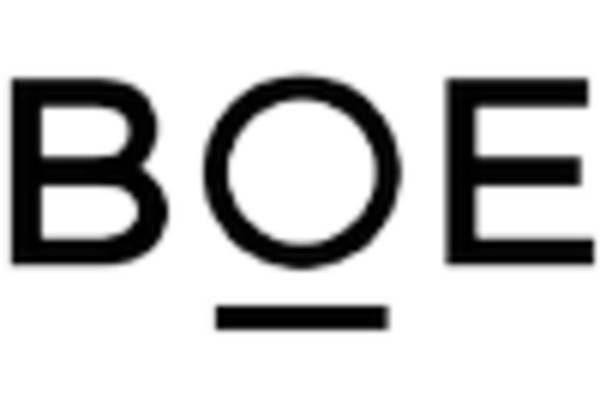
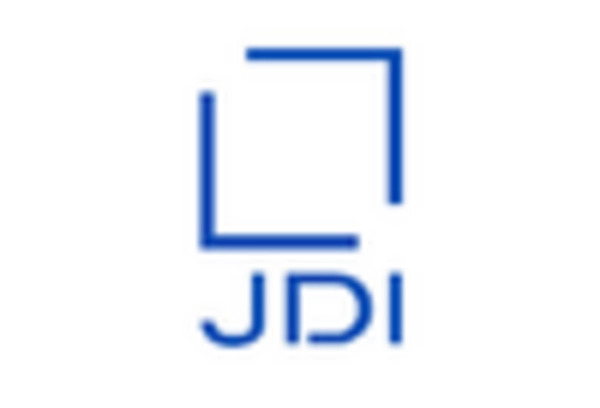
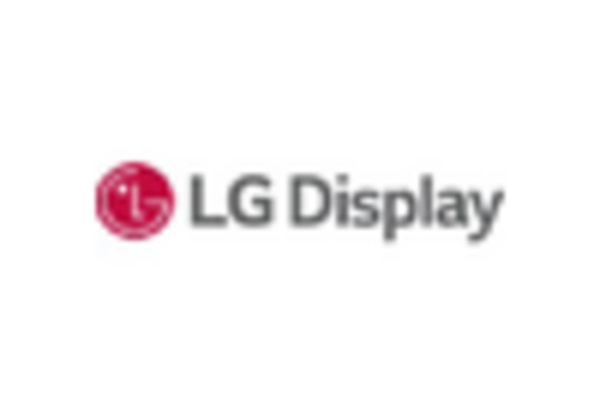
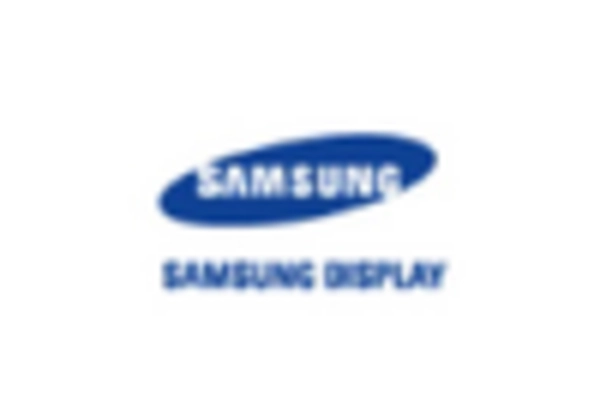
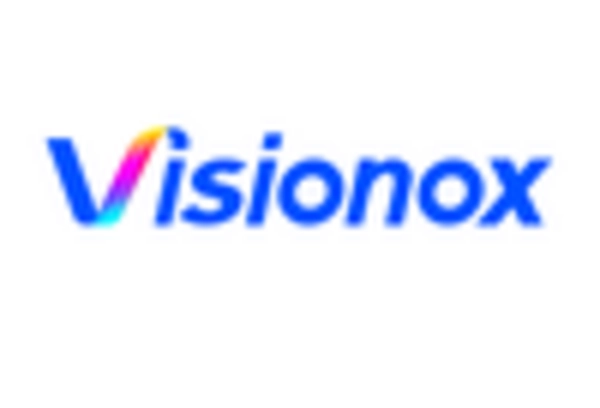








Leave a Comment